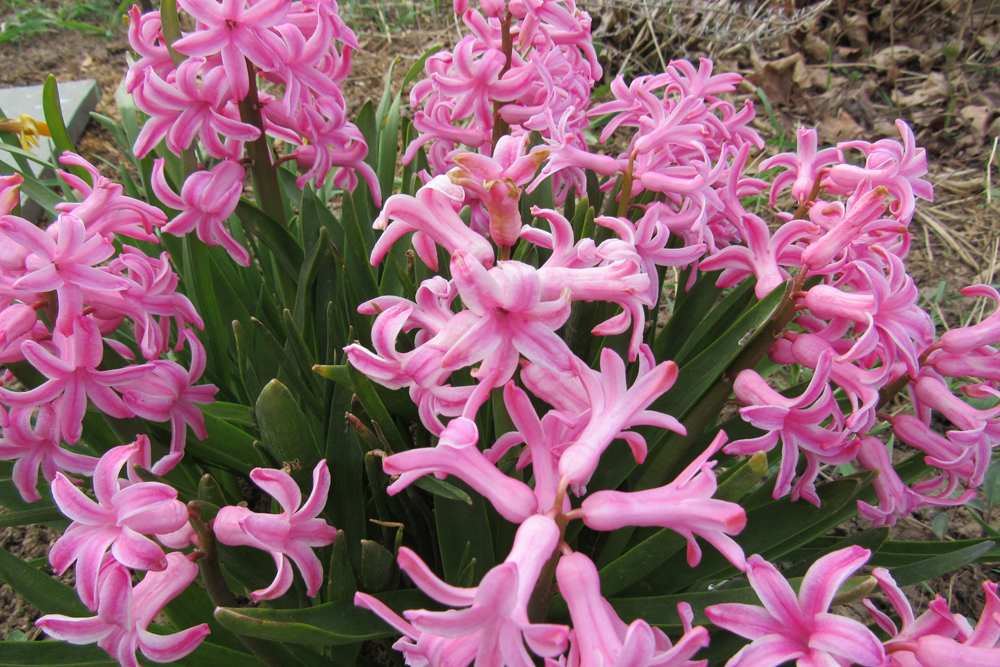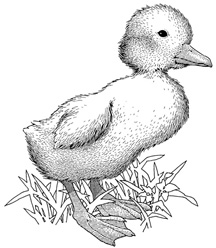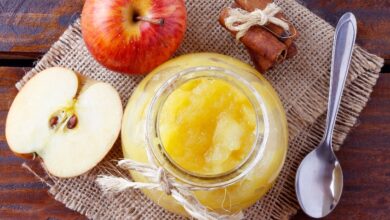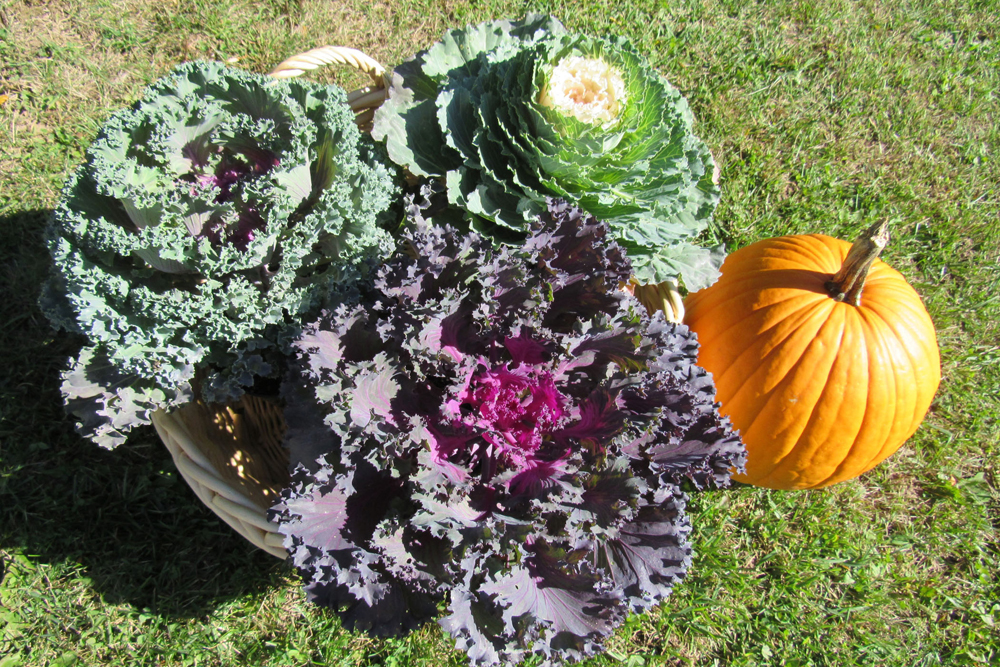Year of the Hyacinth

If you are celebrating Easter this weekend, you might have purchased a blooming hyacinth potted up for the holiday. The National Garden Bureau has designated 2021 the Year of the Hyacinth, making this a great time to celebrate and enjoy this beautiful and beautifully scented spring-blooming bulb.
According to the National Garden Bureau, hyacinths were first cultivated over 400 years ago and by the 18th century had become the most popular spring bulbs in the world. Remarkably, at that time, there were 2,000 named cultivars offered by Dutch growers. Today there are less than 50 cultivars in commercial production, but hyacinths continue to be a favorite part of spring bulb displays and early spring decor.
Hyacinths are native to Turkey, Syria, and other parts of the eastern Mediterranean, and today’s hyacinths are hybrids of a single species (Hyacinthus orientalis). The show-stopping flowers of today, which come in a wide range of vivid colors – from royal blue, to violet-blue, to burgundy, white, peach, and more – do not look much like the original species, which have single florets widely spaced along the stem. In addition to stunning colors, today’s hyacinths have taller flower spikes with large, mostly double florets tightly packed along the stem.
Like other spring-blooming bulbs, hyacinths are planted in autumn before the ground freezes. The National Garden Bureau suggests that they be planted near a doorway, at the front of a garden border, or along a garden path where their fragrance can be easily enjoyed. They do best in full sun and in well-drained soil that does not get soggy. Plant them in groups of five or more, buried four to five inches deep. Similar to tulips, hyacinths will look their best the first spring after planting. To help promote another season or two of beautiful bloom, cut the flower stalks after the blossoms fade and let the foliage grow and naturally die back by early summer.
Hyacinth bulbs contain oxalic acid, which the National Garden Bureau points out is unappealing to chipmunks, voles, and deer. The blooms do well as a cut flower, so consider planting some in your vegetable garden to harvest for springtime cut-floral displays. The bulbs can cause mild skin irritation; wear gloves when planting or handling the bulbs and wash your hands afterward.
Bulbs can also be forced to bloom indoors during the late winter. Pot up bulbs in containers about six inches deep with drainage holes. Use a moist growing mix and plant bulbs two inches apart with the top of the bulb about one inch below the surface. After watering lightly, chill the bulbs for at least ten weeks in temperatures of 40 to 45 degrees. An unheated garage is good, as long as bulbs do not freeze. You can place them in a refrigerator as long as it does not contain ripening fruit, which the National Garden Bureau says can damage the bulbs. After chilling, move them to a sunny window, where they will grow and bloom.
Many people ask if it is possible to plant forced bulbs outside to bloom in the following springs. According to Ask Extension, yes, you can plant the bulbs outside, but realize future blooms will not be optimal as the forcing process takes a lot of energy out of the bulb. For best results, remove spent flowers and let the bulbs go naturally dormant in their pots through the spring and summer. Do not remove foliage. Plant outside in the fall. Ask Extension also notes the bulbs may take two years of re-building the bulb to bloom again.





